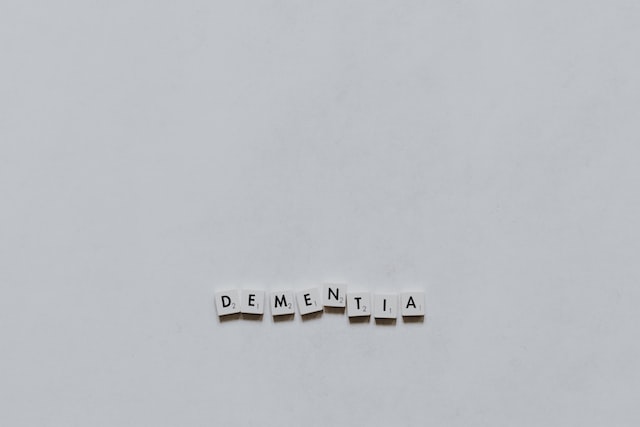MRI scans can be safely performed on patients with dementia, but there are important considerations to ensure safety and effectiveness. Magnetic Resonance Imaging (MRI) is a non-invasive imaging technique that uses magnetic fields and radio waves to produce detailed images of the brain. It does not involve radiation, making it generally safe for most patients, including those with dementia.
For patients with dementia, MRI scans are often used to assess brain structure, detect abnormalities, and help differentiate types of dementia. MRI can reveal brain atrophy (shrinkage), vascular changes, or other conditions that might contribute to cognitive decline. Advanced MRI techniques, such as quantitative susceptibility mapping (QSM), can even detect brain iron accumulation in regions related to memory, which may predict the progression of cognitive impairment and Alzheimer’s disease. This makes MRI a valuable tool not only for diagnosis but also for monitoring disease progression and guiding treatment decisions.
However, there are some challenges and precautions when performing MRI scans on dementia patients:
1. **Patient Cooperation and Comfort:** Dementia patients may have difficulty understanding instructions, staying still, or tolerating the confined space of the MRI machine. This can lead to motion artifacts that degrade image quality. To address this, healthcare providers may use calming techniques, sedation if necessary, or shorter scan protocols.
2. **Safety Screening:** MRI safety screening is essential to rule out contraindications such as implanted medical devices (e.g., pacemakers, cochlear implants) that are not MRI-compatible. Most modern implants are MRI-safe, but verification is critical.
3. **Monitoring for Treatment-Related Effects:** Some dementia patients may be undergoing treatments, such as with the drug Leqembi (lecanemab) for Alzheimer’s disease. This drug can cause amyloid-related imaging abnormalities with edema (ARIA-E), which is brain swelling or fluid buildup detectable by MRI. The FDA recommends earlier and more frequent MRI monitoring in these patients to detect ARIA-E early and prevent serious complications.
4. **Use in Early Detection and Research:** MRI, especially with advanced techniques like QSM, is increasingly used in research and clinical settings to identify early brain changes before symptoms become severe. This can help in risk stratification and potentially guide early interventions.
In summary, MRI scans are safe and useful for patients with dementia when proper precautions are taken. They provide critical information about brain structure and pathology without radiation exposure. Challenges related to patient cooperation and specific treatment monitoring can be managed with appropriate protocols and clinical oversight. MRI remains a cornerstone in the diagnosis, monitoring, and research of dementia and related cognitive disorders.





